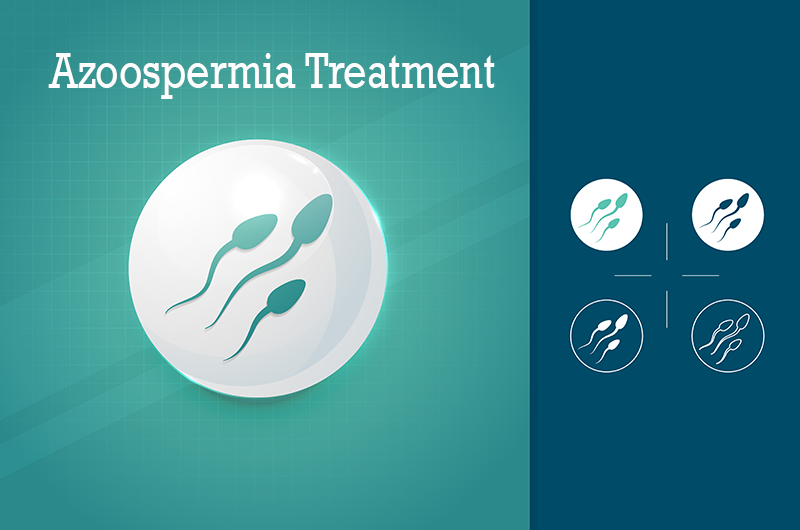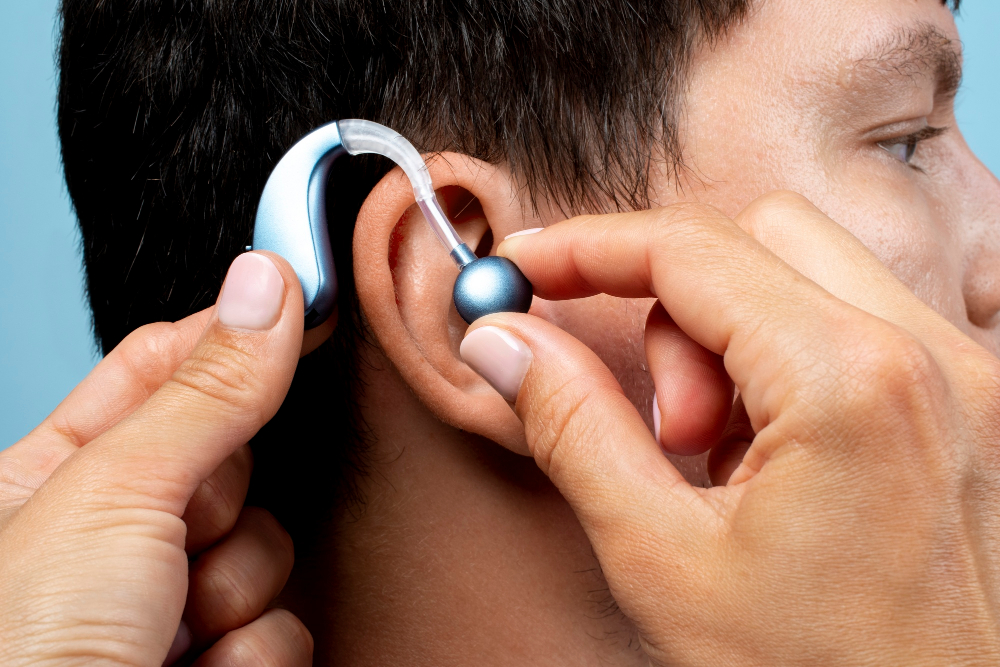Azoospermia is a condition where a man has no measurable level of sperm in his semen. It is a significant cause of male infertility, affecting around 1% of all men and 10-15% of infertile men. Treatment for azoospermia depends on the underlying cause of the condition, which can be either obstructive or non-obstructive. In this comprehensive guide, we will delve into the success rates of different treatment options for azoospermia and provide an overview of the condition.
Understanding Azoospermia: Types and Causes
Azoospermia is categorized into two types based on its underlying causes:
- Obstructive Azoospermia: This form of azoospermia is caused by a blockage in the male reproductive tract. This obstruction prevents sperm from reaching the ejaculate. The blockage can occur in different parts of the tract, including the vas deferens, epididymis, or ejaculatory ducts. Causes include congenital absence of the vas deferens, vasectomy, infections, or surgical procedures.
- Non-Obstructive Azoospermia: This form is due to poor sperm production or absence of sperm production in the testes. It can be caused by genetic disorders, hormonal imbalances, or testicular damage from injury, illness, or radiation exposure.
Success Rates of Treatment Options for Obstructive Azoospermia
The success rates of treatments for obstructive azoospermia are generally higher compared to non-obstructive cases. Treatments often involve surgical procedures to remove the obstruction and restore fertility.
- Microsurgical Vasovasostomy: This procedure reconnects the vas deferens and is used to reverse a vasectomy or repair a blockage. Success rates vary depending on the cause of the obstruction but can range from 50% to 90% in terms of pregnancy rates.
- Microsurgical Epididymal Sperm Aspiration (MESA): MESA involves the extraction of sperm from the epididymis and is often used in combination with in vitro fertilization (IVF) or intracytoplasmic sperm injection (ICSI). Pregnancy rates range from 30% to 60% per cycle.
- Testicular Sperm Extraction (TESE): TESE involves the direct retrieval of sperm from the testes. It is commonly used when MESA is not possible. Success rates can range from 40% to 60% per cycle.
Success Rates of Treatment Options for Non-Obstructive Azoospermia
The success rates of treatments for non-obstructive azoospermia are generally lower because the underlying issue is poor sperm production or absence of sperm production. However, there are options available:
- Hormone Therapy: Hormone therapy may be effective in cases of hormonal imbalances that affect sperm production. The success rates vary depending on the specific imbalance and treatment.
- Testicular Sperm Extraction (TESE): TESE is also used in non-obstructive azoospermia to extract sperm directly from the testes. The success rates for TESE in non-obstructive cases are lower than in obstructive cases, ranging from 20% to 40% per cycle.
- Microdissection Testicular Sperm Extraction (microTESE): MicroTESE is a more advanced form of TESE that involves using a microscope to locate and extract sperm from specific areas of the testes. This method may have a higher success rate (up to 50%) than traditional TESE for non-obstructive azoospermia.
Additional Factors Affecting Success Rates
Several factors can influence the success rates of treatments for azoospermia:
- Age: The age of both the male and female partner can affect treatment success. As age increases, the chances of pregnancy may decrease.
- Underlying Cause: The cause of azoospermia plays a significant role in determining the success of treatment. For instance, genetic causes may be more challenging to treat.
- Sperm Quality: The quality of the sperm retrieved during procedures can impact the success of assisted reproductive technologies.
- Partner’s Fertility: The fertility of the female partner also plays a role in the success of achieving pregnancy.
Conclusion
The success rates of treatment for azoospermia vary depending on whether the condition is obstructive or non-obstructive, as well as the specific treatment option chosen. In general, treatments for obstructive azoospermia have higher success rates than those for non-obstructive cases. If you or someone you know is facing azoospermia, it is essential to consult with a fertility specialist to determine the best treatment options and understand the potential success rates.









